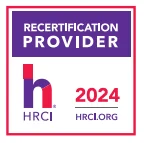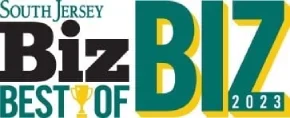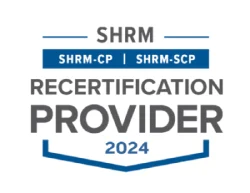HHS Releases Guidance on Exchanges, Including Draft Exchange Blueprint and Rules for Federally Facilitated Exchanges and SHOPs
HHS has issued a flurry of guidance on Exchanges, including a draft blueprint for use by states establishing an Exchange, and an outline of the agency’s approach to implementing a federally facilitated Exchange (FFE) and federally facilitated Small Business Health Options Program (FF-SHOP) in states that do not establish a state-based Exchange. Here are highlights from some of the recent guidance:
• FFEs and State Partnership FFEs
-
In states without a state-based Exchange, HHS will establish an FFE and perform all Exchange functions including plan management functions (such as certifying, recertifying, and decertifying QHPs) and consumer-assistance functions (such as providing consumer assistance in determining individual eligibility for enrollment and insurance affordability programs, including advance payment of the premium tax credit and cost-sharing reductions).
-
The guidance explains that a state may, however, choose to establish a state partnership FFE which permits the state to administer plan management functions and/or consumer assistance functions.
-
In either case, the guidance reiterates that states will continue to perform their traditional regulatory role for insurers and health plans–an insurer that offers QHPs through an FFE must meet both applicable state requirements and QHP certification standards.
-
HHS notes that it is creating a model electronic application for use in determining eligibility to enroll in a QHP and to receive advanced payment of the premium tax credit and cost-sharing reductions.
-
The guidance also anticipates that agents and brokers may continue to have a role in assisting consumers who are enrolling through the Exchange–as well as in helping small businesses that are accessing coverage through an FF-SHOP–so long as certain standards are met.
• FF-SHOPs
-
According to the guidance, FF-SHOPs are expected to provide a number of tools and resources to help employers, employees, agents, and brokers evaluate coverage options. They will allow employers to model scenarios, for instance by changing the employer contribution percentage, before selecting coverage.
-
The guidance explains that FF-SHOPs will collect a single, aggregated payment from each employer and distribute the payment to QHP insurers based on participating employee plan selections.
-
FF-SHOPs are expected to offer additional administrative support, including employer billing, receipt of payments, disbursements to plans, and payment reconciliation.
-
The guidance provides that multi-state employers participating in the FF-SHOP will offer coverage to all eligible employees either through the FF-SHOP serving the employer’s primary place of business or through the state-based or the FF-SHOP serving each employee’s primary worksite.
-
Future guidance is expected on various FF-SHOP issues, including employer contribution models, payment grace periods, and maximum allowable new hire waiting periods.
Note: Many commentators predict that a relatively small number of states will qualify by the January 2013 deadline for approval to run their own Exchanges in 2014, and as a consequence, expect to see continued development of the FFE, state partnership FFEs, and FF-SHOP models. Despite the guidance, there is continued uncertainty about what plans will be available, as HHS anticipates that FFEs will not complete agreements with QHP insurers until late summer 2013.
For the full texts, see:
General Guidance
Fact Sheet
Draft Blueprint
Information Collection Activity
Categories
Archive







